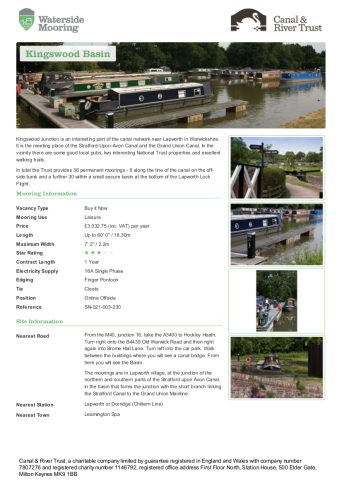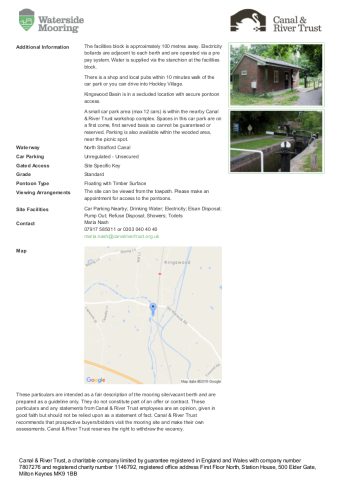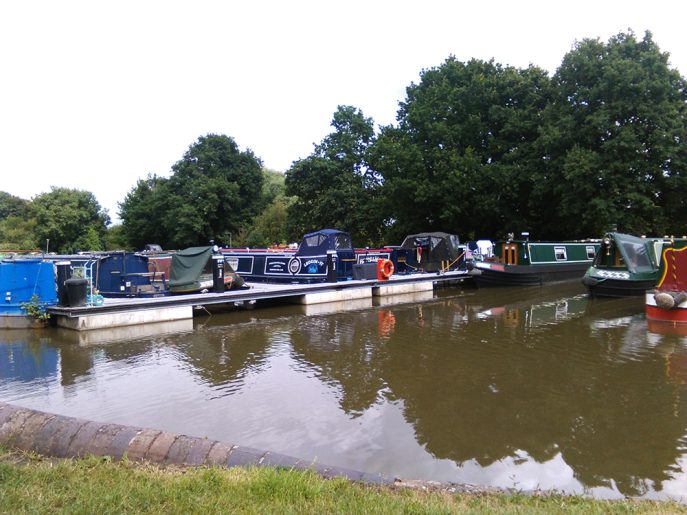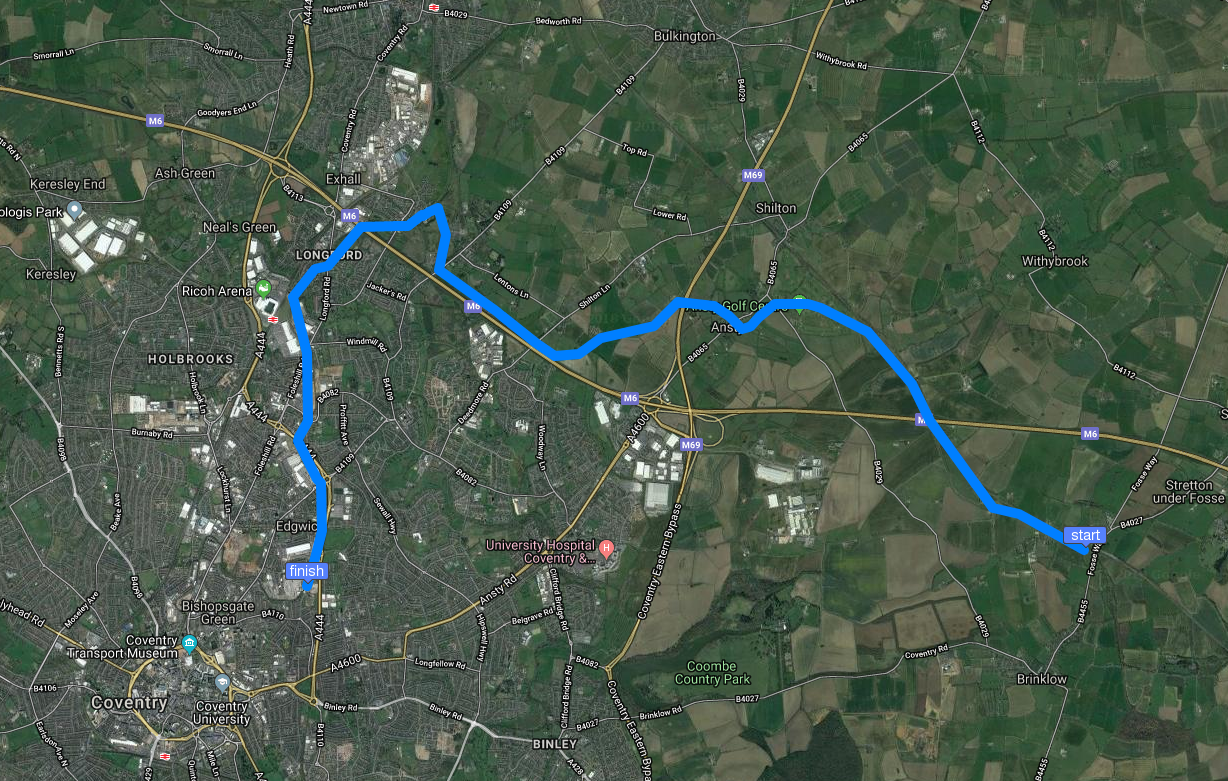Natascha wanted to leave 5 minutes after we arrived at Swan Lane Wharf. It’s a fact – she didn’t like at all where we ended up. Feeling anxious already when cruising on Coventry Canal, she claims she hasn’t seen that many rats jumping into the canal before, the water way became increasingly dirty, the surrounding area desolate.
Was this our new home?
It became abundantly clear to her that she won’t last for long in Coventry and made that very clear to Adnan. Nat cried and screamed simultaneously and wanted to sink Quintessence.
On top, our next door neighbor came to introduce himself, he had a very angry small dog. The Germans bombed Coventry flat during WW2, and this is England and he’s English etc etc. Ok, he was from an older generation, still, his introduction didn’t help. All the others weren’t exactly our sort of people either, one of the neighbors had a massive dog and she introduced herself with her husbands name, and her husband with her name. Then she realised the mistake and started laughing loudly. She had a drunken stupor. Didn’t help either.
At least the cat seemed happy, she had a good patch of land to herself and she didn’t mind the rather large anthill right next to our boat.
Natascha had to go to work to London and was relieved to be away for a few days. Upon her return it was time to consult the CRT website to find if, by any chance, a countryside mooring near by was vacant. There it was, a mooring in the Warwicksire country side, not far from Coventry, in a village called Lapworth, the exact location is Kingswood Basin.
We headed straight out there. We really loved the site, there was a fellow boater, waving at us, asking whether we are there to view the moorings. Sure we are, and he replied it’s the best mooring in the UK, we should apply for it. So we did. Got the place secured with a deposit. We were so relieved, we could so well imagine us staying here. The nature was stunning, the basin peaceful. The cat will have a blast and we can go for long walks. That was a quick way out.
But before moving to Kingswood, it was time to get ready for two trips – one, down to the Coventry basin and we had a month long visit planned to Switzerland. Quintessence will stay at Swan Lane Wharf for the duration. At least she was safe there. The “moving in” at Kingswood was scheduled for mid September.


























